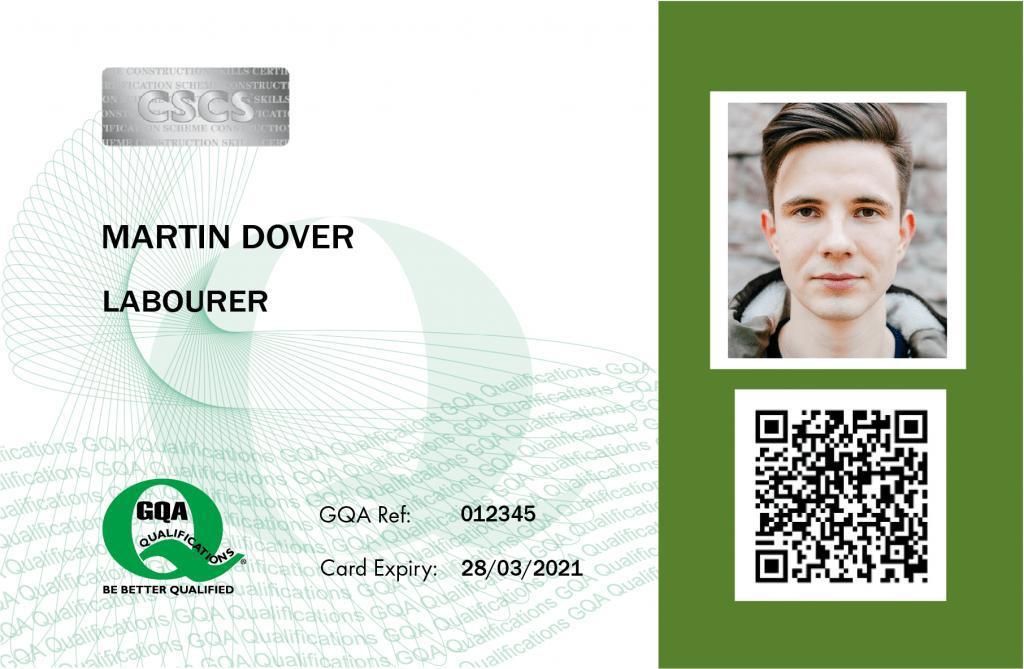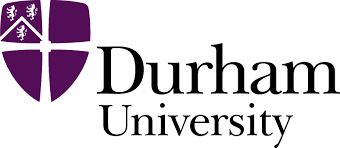
Business Process Re-Engineering BPR to Reduce Cost, Raise Quality, and Speed Service
Course ID: 2506237101050EGI
Course Dates : 23/06/25 Course Duration : 5 Studying Day/s Course Location: Dubai, UAE
Language: Bilingual
Course Category: Professional and CPD Training Programs
Course Subcategories: Finance and Accounting Mastery
Course Certified By: * Projacs Academy
* Professional Training and CPD Programs
Certification Will Be Issued From :
KSA
Course Fees: £2,940.22
Vat Not Included in the price. VAT may vary depending on the country where the course or workshop is held.
Click to Pay
Date has passed please contact us Sales@e-s-hub.com
Course Information
Introduction
Business Process Re-Engineering (BPR) is a strategic approach aimed at improving organizational performance through the redesign and optimization of core business processes. By rethinking and redesigning how tasks are performed, organizations can achieve profound improvements in efficiency, service quality, and responsiveness. With BPR, businesses analyze their operations critically to identify opportunities for innovation and transformation, aiming to align every facet of the organization with a vision for better performance. This course on BPR equips participants with the necessary knowledge and tools to lead such transformation projects within their organizations effectively.
The significance of BPR cannot be overstated, especially in today’s competitive business environment. As companies strive to stay ahead of their competitors, streamline operations, and deliver superior customer experiences, BPR provides a systematic approach to rethink business processes from the ground up. This involves identifying inefficiencies, redundancies, and bottlenecks, and subsequently eliminating them through optimized processes and automation. BPR’s ultimate goal is to reduce operational costs, enhance quality, and increase service speed—vital drivers of business success.
One of the key challenges organizations face when implementing BPR is overcoming resistance to change. Employees and managers accustomed to established processes may be reluctant to adopt new ways of working. Thus, change management strategies must be employed alongside BPR initiatives to ensure smooth transitions. Additionally, companies may struggle with aligning BPR efforts with their overall business strategy. Ensuring that process changes are linked to measurable performance improvements is crucial for success.
Despite these challenges, the benefits of successful BPR initiatives are considerable. Companies that effectively re-engineer their processes often see significant cost reductions due to the elimination of inefficiencies and the streamlining of workflows. Moreover, they experience higher quality outputs, as re-engineering often involves redesigning processes to focus more on customer satisfaction and continuous improvement. The end result is a competitive organization that can deliver products or services faster, at a lower cost, and at a higher quality than its competitors.
Through this course, participants will explore proven BPR methodologies and frameworks that guide organizations through the re-engineering process. The course will highlight key strategies for process analysis, redesign, and continuous monitoring. Participants will also learn how to use advanced tools and techniques for process mapping, modeling, and evaluation to ensure that BPR projects deliver sustainable results.
By the end of the training, attendees will be able to lead BPR initiatives within their organizations with confidence, knowing how to assess existing processes, design new ones, and implement the necessary changes. Furthermore, they will understand how to balance the need for process efficiency with the ever-growing demands of quality and speed, ultimately achieving higher levels of customer satisfaction and operational excellence.
Objectives
By attending this course, participants will be able to:
Comprehensively define Business Process Re-Engineering (BPR) and understand its strategic importance in the modern business landscape.
Identify the key challenges and potential pitfalls of BPR, along with the most effective approaches to mitigate them.
Analyze existing business processes to uncover inefficiencies, redundancies, and areas of improvement.
Apply proven BPR frameworks and methodologies to redesign business processes that align with organizational goals.
Use process mapping and modeling tools to document and visualize business processes effectively.
Develop and implement change management strategies to ensure the smooth adoption of new processes.
Evaluate the success of BPR projects based on key performance indicators (KPIs), including cost reduction, quality improvement, and service speed enhancement.
Lead and manage BPR initiatives, ensuring that they deliver measurable benefits and are aligned with the company’s overall strategy.
Who Should Attend?
This course is ideal for:
Senior Managers and Executives responsible for driving process improvements and operational excellence within their organizations.
Operations Managers seeking to optimize workflows and enhance business efficiency.
Business Analysts and Process Improvement Specialists who are tasked with identifying process inefficiencies and leading redesign efforts.
IT Professionals involved in the automation and integration of business processes.
Project Managers overseeing BPR initiatives or other operational improvement projects.
Consultants and trainers specializing in business transformation, lean management, and process optimization.
Entrepreneurs and business owners aiming to streamline their operations, reduce costs, and improve customer satisfaction.
HR Managers responsible for supporting organizational change and ensuring smooth transitions during re-engineering projects.
Training Method
• Pre-assessment
• Live group instruction
• Use of real-world examples, case studies and exercises
• Interactive participation and discussion
• Power point presentation, LCD and flip chart
• Group activities and tests
• Each participant receives a 7” Tablet containing a copy of the presentation, slides and handouts
• Post-assessment
Program Support
This program is supported by:
* Interactive discussions
* Role-play
* Case studies and highlight the techniques available to the participants.
Daily Agenda
The course agenda will be as follows:
• Technical Session 08.30-10.00 am
• Coffee Break 10.00-10.15 am
• Technical Session 10.15-12.15 noon
• Coffee Break 12.15-12.45 pm
• Technical Session 12.45-02.30 pm
• Course Ends 02.30 pm
Course Outlines
Introduction to Business Process Re-Engineering (BPR)
Understanding BPR: Core concepts and the strategic importance of BPR in modern organizations.
BPR vs. Continuous Improvement: Differences, overlaps, and the complementary nature of BPR and ongoing improvement initiatives.
Key Success Factors in BPR: Identifying and understanding the critical components for successful BPR implementation.
BPR Methodologies and Frameworks: A look at popular BPR methodologies, such as Hammer and Champy’s 5-stage process model.
Day 2:
Process Analysis and Mapping Techniques
Mapping Current Processes: Techniques for mapping and documenting current processes to identify inefficiencies and bottlenecks.
Tools for Process Mapping: Introduction to tools such as flowcharts, SIPOC diagrams, and value stream mapping.
Identifying Redundancies and Inefficiencies: Analyzing existing workflows to uncover unnecessary steps or redundant processes.
Case Study on Process Mapping: Hands-on exercise to map and analyze a business process from a real-world example.
Day 3:
Redesigning Processes for Cost Reduction and Quality Enhancement
Re-designing Processes: Techniques for creating new, streamlined processes that minimize cost and maximize quality.
Benchmarking and Best Practices: Using industry standards and benchmarks to guide the redesign of processes.
Automation and Technology Integration: Identifying opportunities for automation in the re-engineering process and its role in enhancing speed and efficiency.
Case Study on Process Redesign: Real-life example of a successful BPR project focused on cost reduction and quality improvement.
Day 4:
Change Management and Implementation Strategies
Managing Resistance to Change: Understanding the psychological aspects of change and strategies for overcoming resistance within the organization.
Stakeholder Engagement and Communication: Techniques for engaging stakeholders and ensuring buy-in from employees at all levels.
Implementing New Processes: Best practices for implementing newly designed processes, ensuring a smooth transition.
Post-Implementation Review and Monitoring: Tools for monitoring the effectiveness of new processes and making necessary adjustments.
Day 5:
Measuring and Sustaining Success
Defining Key Performance Indicators (KPIs): How to set measurable goals for BPR projects, including cost, quality, and service speed.
Evaluating BPR Outcomes: Techniques for evaluating the success of BPR projects and ensuring long-term sustainability.
Continuous Improvement Post-BPR: How to build a culture of continuous improvement following BPR implementation.
Final Project and Wrap-up: Participants will present their BPR project proposals, incorporating lessons learned from the course.



















































